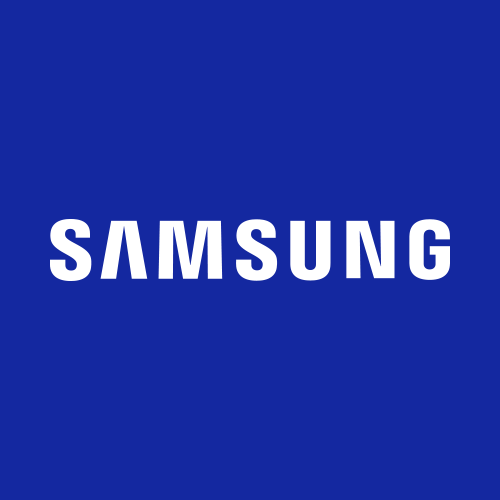Under 'Electro-optical characteristics' the CRI90 has a 'Special CRI (R9)' value of 50, whereas the CRI80 has a Special CRI (R9) value of 0.
"CRI R9 is one of the
test color samples (TCS) used in the calculation of extended CRI. Many manufacturers will only report general CRI, however, which does not include the CRI R9 score. (See here for
CRI extended vs CRI general). CRI R9 is therefore oftentimes a useful supplemental score to judge a light source's color rendering ability, specifically as it concerns objects whose reflectance spectra contain red wavelengths."
LINK
"To define the term R9, first of all, it is important to understand what the color reproduction index is. The color rendering index is a classification system that measures the precision with which a light source produces the color of an illuminated object. Measures the ability of the light source to display colors of "tactile" or "normal" objects, compared to a familiar reference source, be it daylight or incandescent light. The color rendering index is an average based on R1 to R8. R9 is one of six saturated test colors that are not used to calculate the CRI.
Since you can find a percentage of the mixed red color in the different hues of most processed colors, the ability to reproduce with red precision is the key to accurately represent the colors of the displayed objects. High R9 lamps produce the most vivid colors.
The metric of the color rendering index is divided into 14 color regions from R1 to R14. The color rendering index is an average value based on the color ranges R1 through R8 of the metric, but does not take into account the remaining six additional color references. A high CRI, combined with a high R9 value, produces the most accurate color screen.
LINK
"
SEOUL, Korea – Jan 21, 2016 – Samsung Electronics Co., Ltd., a world leader in advanced components, announced that LM561B+, the company’s new mid-power LED package line-up with high light efficacy, is now offered with 3-step MacAdam ellipse bins and quarter bins across the range of all CCTs (from 2700K to 6500K), for use in premium luminaires. By leveraging the chromaticity control standard with the LM561B+, manufacturers will be able to make lighting products that deliver greater uniformity and consistency in light color without any visible difference in the color output between packages."
LINK
So I think the CRI80 + CRI90 are designed to look the same to the eye except the CRI90 makes meat look fresher etc... and this addition is not reflected in the spectral charts?

 www.samsung.com
www.samsung.com






